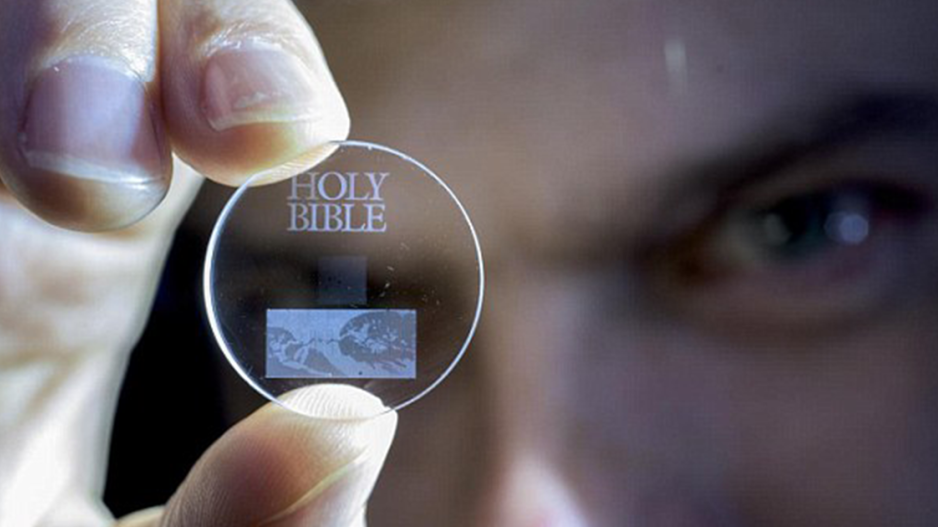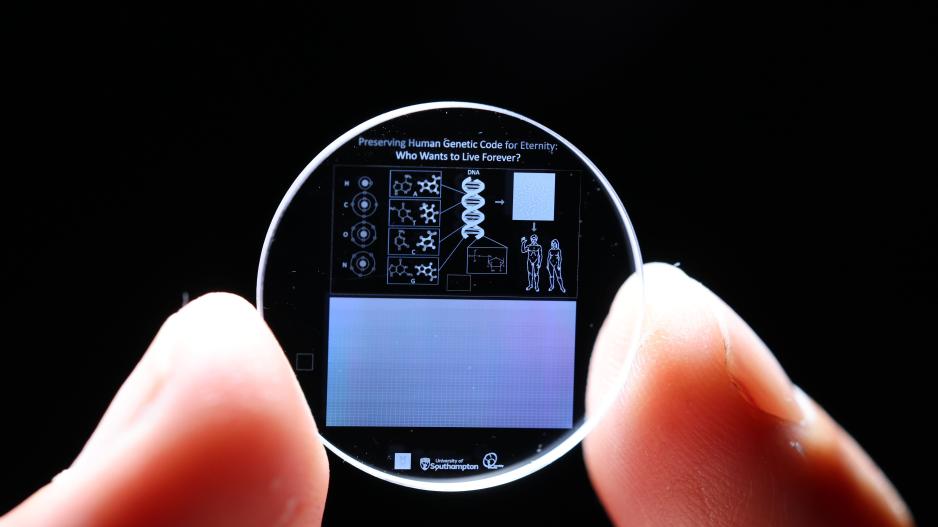Revolutionary Data Storage Could Preserve Humanity for Billions of Years
Southampton Scientists Store Human Genome in 5D Memory Crystal
Scientists at the University of Southampton have announced the successful storage of the entire human genome in a 5D memory crystal, a groundbreaking data storage technology capable of surviving for billions of years.
The research team hopes that the crystal could serve as a blueprint to restore humanity from extinction thousands, millions, or even billions of years in the future, depending on scientific advancements. This technology could also be used to create a permanent archive of the DNA of endangered plant and animal species.

The 5D memory crystal was developed by the university's Optoelectronics Research Centre. Unlike other forms of data storage that degrade over time, the 5D memory crystal can store up to 360 terabytes of information without loss for billions of years, even under extreme temperatures. It currently holds the Guinness World Record for the most durable data storage material.
The crystal is made from fused quartz, one of the most chemically and thermally resistant materials on Earth. It can withstand extreme conditions, including freezing, fire, and temperatures up to 1,000 degrees Celsius. The crystal can also endure direct impact forces of up to 10 tons per square centimeter and remains unaffected by long-term exposure to cosmic radiation.
Led by Professor Peter Kazansky, the Southampton team uses ultrafast lasers to precisely inscribe data into nanostructured voids oriented within silicon, with feature sizes as small as 20 nanometers. Unlike traditional 2D storage methods, such as writing on paper or magnetic tape, this encoding technique uses two optical dimensions and three spatial coordinates, hence the "5D" in its name.






